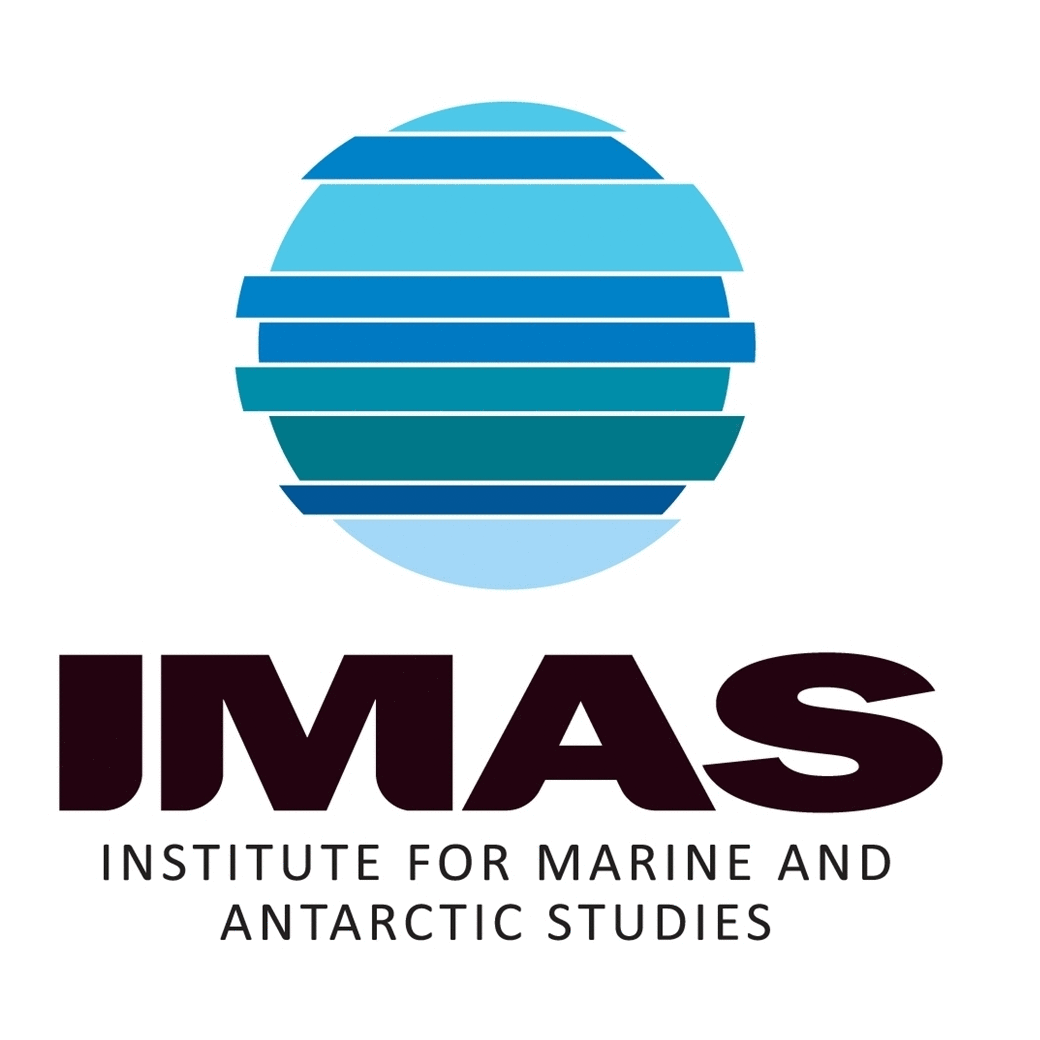pH
Type of resources
Topics
Keywords
Contact for the resource
Provided by
Years
-
The main purpose of the study was to gain a greater understanding of the chemical and biological characteristics of sites in the D'Entrecasteaux Channel and offshore of the Derwent Estuary between North West Bay and Betsey Island. Four transects were completed on the 5th and 6th of April 2022 to achieve this. A SBE 55 ECO Water Sampler Conductivity, Temperature and Depth (CTD) Rosette was used to collect depth, temperature, conductivity, salinity, density, dissolved oxygen, pH, turbidity, fluorescence and pressure data. Water samples collected at three depths using Niskin bottles were used to obtain discrete measurements of oxygen, pH, alkalinity and phosphorous at sea, and discrete measurements of chlorophyll-a, ammonia, NOx, nitrite, nitrate, phosphate and silicate in a laboratory setting. A plankton tow net was used to roughly measure the abundance of plankton at each site and a Secchi disk was used to discern the Secchi depth.
-
A 12-month program was developed and implemented in order to obtain baseline information on water quality (salinity, water temperature, dissolved oxygen, turbidity, pH, dissolved nutrients, silica), ecological condition as shown by Chlorophyll a, benthic macroinvertebrates, pathogens, and habitat extent determined from habitat mapping. Five key estuaries and coastal waters were assessed in the Southern NRM Region of Tasmania. The data represented by this record was collected in Little Swanport.
-
A 12-month program was developed and implemented in order to obtain baseline information on water quality (salinity, water temperature, dissolved oxygen, turbidity, pH, dissolved nutrients, silica), ecological condition as shown by Chlorophyll a, benthic macroinvertebrates, pathogens, and habitat extent determined from habitat mapping. Five key estuaries and coastal waters were assessed in the Southern NRM Region of Tasmania. The data represented by this record was collected in North West Bay.
-
A 12-month program was developed and implemented in order to obtain baseline information on water quality (salinity, water temperature, dissolved oxygen, turbidity, pH, dissolved nutrients, silica), ecological condition as shown by Chlorophyll a, benthic macroinvertebrates, pathogens, and habitat extent determined from habitat mapping. Five key estuaries and coastal waters were assessed in the Southern NRM Region of Tasmania. The data represented by this record was collected in Moulting Lagoon/Great Swanport.
-
A 12-month program was developed and implemented in order to obtain baseline information on water quality (salinity, water temperature, dissolved oxygen, turbidity, pH, dissolved nutrients, silica), ecological condition as shown by Chlorophyll a, benthic macroinvertebrates, pathogens, and habitat extent determined from habitat mapping. Five key estuaries and coastal waters were assessed in the Southern NRM Region of Tasmania. The data represented by this record was collected in Port Cygnet.
-
A 12-month program was developed and implemented in order to obtain baseline information on water quality (salinity, water temperature, dissolved oxygen, turbidity, pH, dissolved nutrients, silica), ecological condition as shown by Chlorophyll a, benthic macroinvertebrates, pathogens, and habitat extent determined from habitat mapping. Five key estuaries and coastal waters were assessed in the Southern NRM Region of Tasmania. The data represented by this record was collected in Pitt Water / Orielton Lagoon.
-
We implemented a monitoring program developed by Crawford and White (2006), which was designed to assess the current condition of six key estuaries in NW Tasmania: Port Sorell, the Leven, Inglis, Black, Montagu and Arthur River estuaries. This study considered a range of water quality and ecological indictors commonly used to monitor estuaries. These included: salinity, temperature, dissolved oxygen, turbidity, pH, nutrients (nitrate + nitrite, dissolved reactive phosphorus and ammonia), silica molybdate reactive and chlorophyll a for the water column; chlorophyll a and macroinvertebrate community structure amongst the sediments. The data represented by this record was collected in Black River.
-
We implemented a monitoring program developed by Crawford and White (2006), which was designed to assess the current condition of six key estuaries in NW Tasmania: Port Sorell, the Leven, Inglis, Black, Montagu and Arthur River estuaries. This study considered a range of water quality and ecological indictors commonly used to monitor estuaries. These included: salinity, temperature, dissolved oxygen, turbidity, pH, nutrients (nitrate + nitrite, dissolved reactive phosphorus and ammonia), silica molybdate reactive and chlorophyll a for the water column; chlorophyll a and macroinvertebrate community structure amongst the sediments. The data represented by this record was collected in Inglis River.
-
We implemented a monitoring program developed by Crawford and White (2006), which was designed to assess the current condition of six key estuaries in NW Tasmania: Port Sorell, the Leven, Inglis, Black, Montagu and Arthur River estuaries. This study considered a range of water quality and ecological indictors commonly used to monitor estuaries. These included: salinity, temperature, dissolved oxygen, turbidity, pH, nutrients (nitrate + nitrite, dissolved reactive phosphorus and ammonia), silica molybdate reactive and chlorophyll a for the water column; chlorophyll a and macroinvertebrate community structure amongst the sediments. The data represented by this record was collected in Port Sorell.
-
We implemented a monitoring program developed by Crawford and White (2006), which was designed to assess the current condition of six key estuaries in NW Tasmania: Port Sorell, the Leven, Inglis, Black, Montagu and Arthur River estuaries. This study considered a range of water quality and ecological indictors commonly used to monitor estuaries. These included: salinity, temperature, dissolved oxygen, turbidity, pH, nutrients (nitrate + nitrite, dissolved reactive phosphorus and ammonia), silica molybdate reactive and chlorophyll a for the water column; chlorophyll a and macroinvertebrate community structure amongst the sediments. The data represented by this record was collected in Leven River.
 IMAS Metadata Catalogue
IMAS Metadata Catalogue